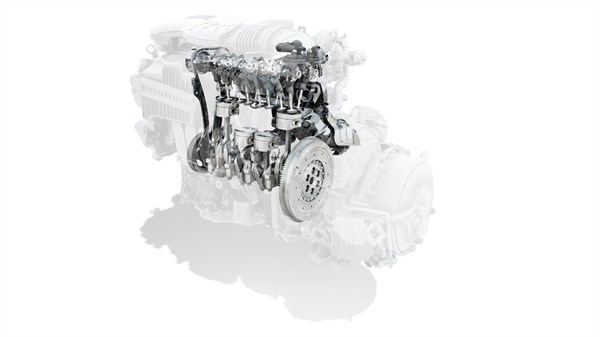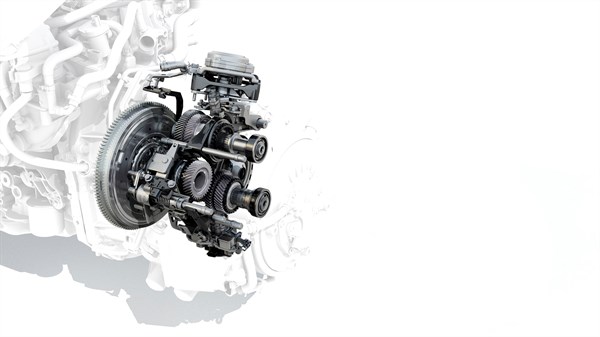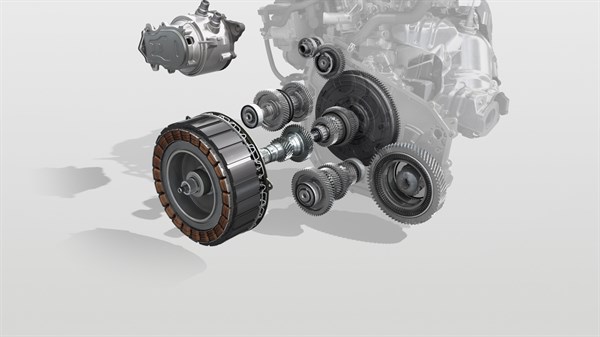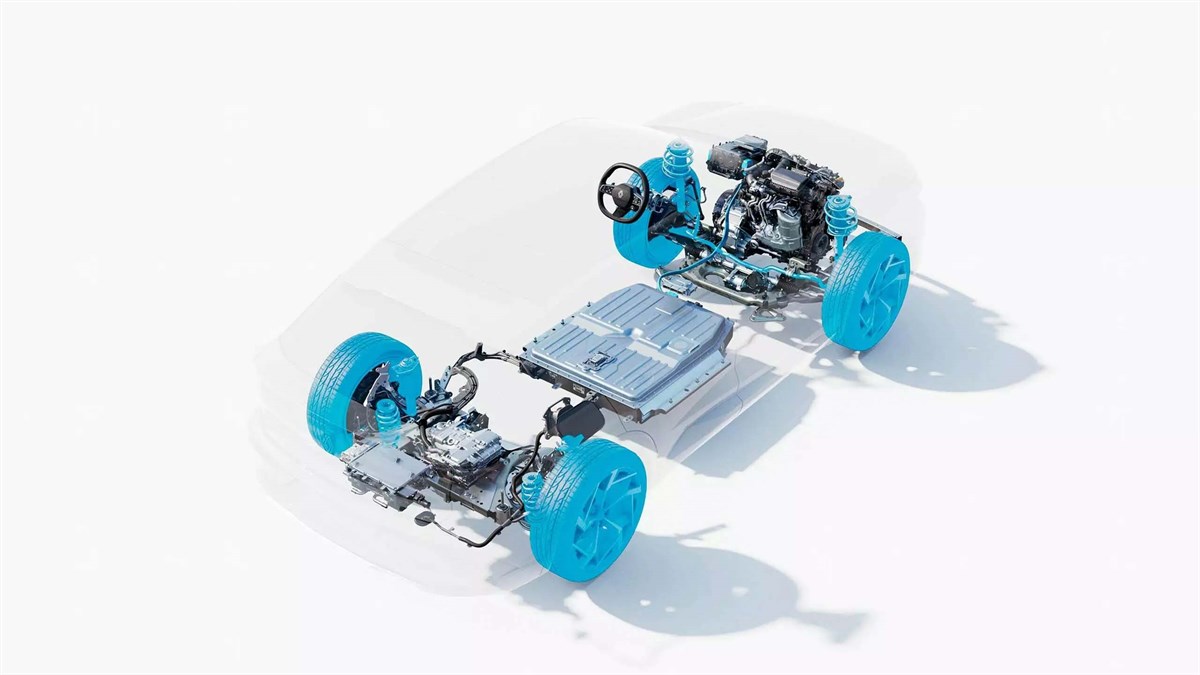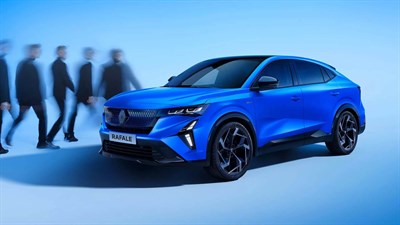HOW DOES A HYBRID CAR WORK?
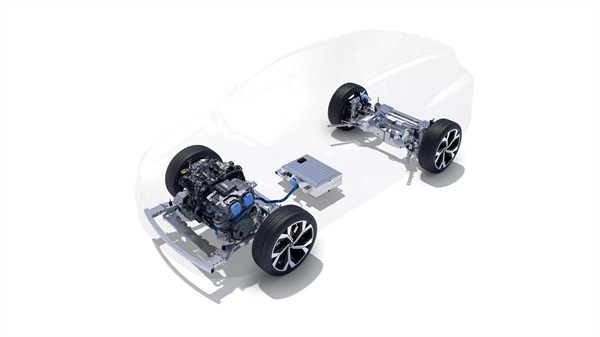
the principle behind E-Tech hybrid technology
Renault made the choice to develop 2 types of technology: E-Tech full hybrid, for vehicles that do not need to be plugged in, and E-Tech plug-in hybrid, for vehicles that can be plugged in. Both options offer environmentally friendly vehicles that are cost-effective, combining driving pleasure and everyday simplicity.
They operate in the same way, with only 3 differences:
They operate in the same way, with only 3 differences:
- the size of the battery, and therefore the capacity to drive 100% electric,
- E-Tech plug-in hybrid vehicles can connect to the mains to charge,
- electrification of the rear axle for the PHEV (plug-in hybrid).
our hybrid powertrains
They are called “series/parallel hybrids” because they offer the option of operating as 100% electric, as a hybrid (electric + combustion engine) or with the combustion engine alone.
two electric motors
Both technologies combine two electric motors (alternator-starter and traction motor) with a combustion engine for optimum performance. Plug-in hybrid technology features an additional electric motor on the rear axle, providing an even more comfortable and dynamic driving experience.
technology for performance
The innovative technologies integrated into the car, such as smart gearbox, energy management system and regenerative braking, make it possible to switch between the different powertrains or to operate them simultaneously as required. So, the hybrid vehicle’s performance and consumption are optimised for maximum efficiency.
dynamic pick-up
E-Tech powertrains offer powerful acceleration, dynamic pick-up, and reduced CO2 emissions and fuel consumption.
full hybrid engine
Full hybrid vehicles do not need to be plugged in. Their battery charges automatically as you drive, optimising fuel consumption and making your daily life easier.
plug-in hybrid engine
Our plug-in hybrid vehicles have technology similar to that of our full hybrid models. The difference lies in their increased battery capacity, the possibility of charging from an electrical socket, hence the term “plug-in”, and the addition of a second electric motor.
the different modes of traction
A hybrid engine is made up of 2 main traction motors that alternate or operate simultaneously to power the vehicle. Find out about the different traction modes:
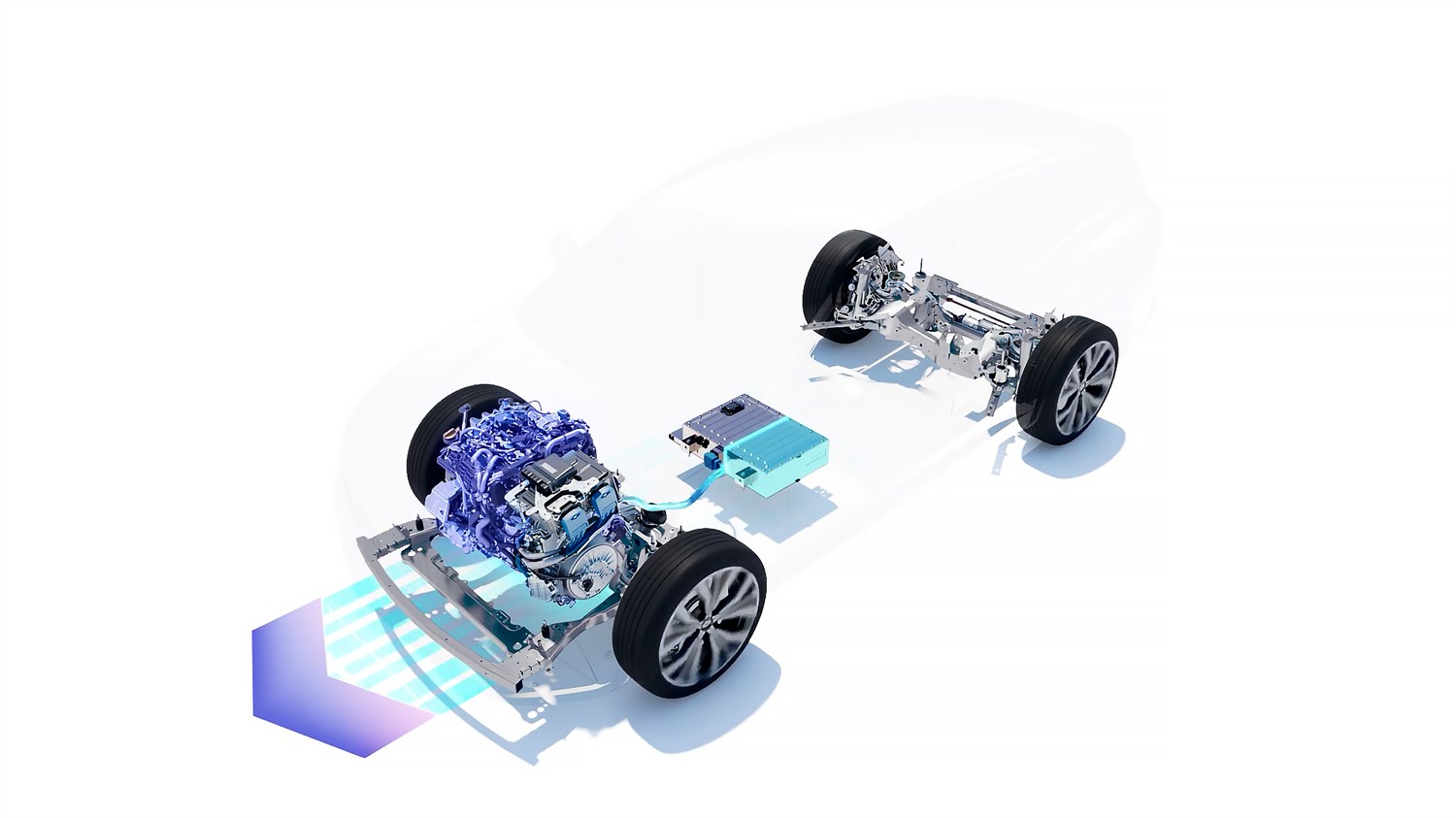
from one mode of traction to another
You can switch from one traction mode to another in two ways:
- automatically, using the onboard electronic management system. This system analyses the battery charge level, the demand for acceleration and the type of road, and adapts the traction mode accordingly, which helps to optimise the vehicle’s performance.
- manually, only for plug-in hybrids, when choosing to drive 100% electric.
from front-wheel drive to rear-wheel drive
Our plug-in hybrid powertrain, equipped with a rear motor, can operate in front-wheel drive, rear-wheel drive or 4-wheel drive. Depending on the driving mode selected (eco, sport, normal) and the type of traction, the vehicle automatically adjusts the ideal combination of rear-wheel and front-wheel drive to guarantee comfort and energy efficiency.
managing charging
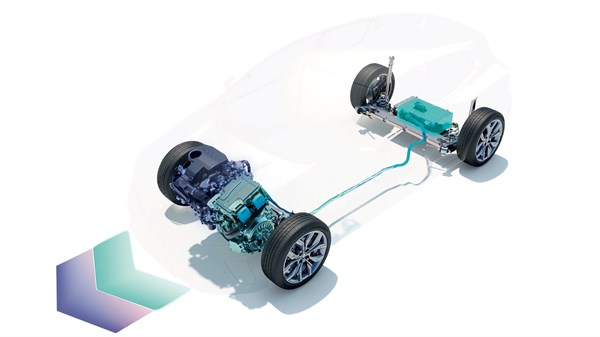
the battery in full hybrid vehicles
The battery charges only when you are driving, using kinetic energy. Simple hybrid vehicles do not need to be plugged in, as they have a system that recovers energy when you brake or decelerate. This is enough to completely recharge the battery. The engine charges the battery during combustion engine traction.

the battery in plug-in hybrid vehicles
The battery mainly charges by plugging the vehicle into the mains, but also as you drive (around 10% of potential recharging). Plug-in hybrid vehicles have a flap that can be used to completely recharge the battery.
the Renault E-Tech full hybrid and E-Tech plug-in hybrid range
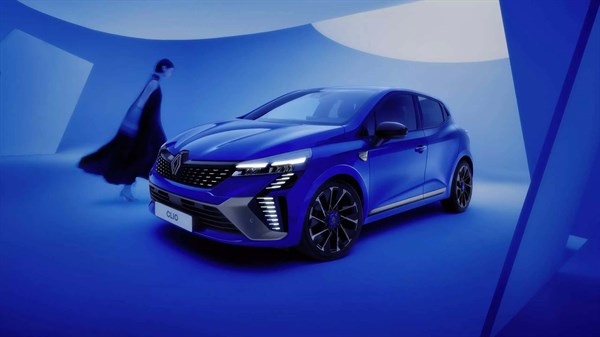
E-Tech full hybrid
The vehicles have 2 alternator-starters, an electric motor and a combustion engine, which recharge as you drive and make it possible to drive 100% electric for up to 80% of the time (WLTP urban cycle).

